Sea turtles set records this nesting season, but these factors still threaten their future
The joy and wonder of watching a massive sea turtle crawl onto the beach and drop her soft, ping pong ball-sized eggs into a deep hole in the sand never gets old for Kate Mansfield, even after 28 years of research.
Even more fun for her is watching the faces of University of Central Florida interns seeing their first turtles and learning how to inspect them. “It’s probably one of my favorite things,” said Mansfield, director of the university’s Marine Turtle Research Group.
She enjoys watching the students become more capable and confident as they measure and tag turtles and inspect the nests. By the end of the summer, she said, “they’re almost like a NASCAR pit crew where they dive in, take all the measurements and do the flipper tags.”
The interns saw lots of practice this nesting season, as did turtle researchers and volunteers from Texas to the Carolinas. Presto Sea turtles in the southern United States are having a banner nesting year with one species or another setting records on many beaches.
“It looks like 2022 is going to be the new record year for loggerheads in Florida and Georgia,” said David Godfrey, executive director of the nonprofit Sea Turtle Conservancy. “It’s a great year in the Carolinas. There’s a lot of good news for folks trying to protect and recover sea turtles in the Southeast.”
The U.S. Fish and Wildlife Service cautions that sea turtle nesting and hatching season is not over, so all numbers are preliminary for the five sea turtle species that nest on the nation's shores.
"While some species may have record nesting numbers this year, scientists and managers encourage caution when interpreting numbers from only one year and what these numbers may mean for the long-term recovery of sea turtle species," said Karen Frutchey, the agency's southeast sea turtle recovery coordinator. "These animals have very complex life histories, affected by numerous threats."
Credit for the nesting successes goes to decades of conservation measures, such as harvest bans, safer fishing nets and habitat protection, said Godfrey and others.
Despite an overall rebound in nest numbers since the 1990s, threats remain for these endangered and threatened turtles. Legal and illegal harvesting continues in some locations. Turtle hatchlings face great danger from predators. Only 1 hatchling out of 1,000 is thought to survive to adulthood.
How DNA research may help sea turtles: How 'staggering' DNA advances could improve our response to climate change
Climate change looms large. Rising sea levels and intense storms reduce available sandy beaches for nesting, Godfrey said. Warming oceans feed prolific seaweed that blankets beaches. Warmer temperatures heat up the sandy nests, especially when the sand is darker, which can reduce the number of male hatchlings.
Still, turtle researchers and advocates celebrate the good years, especially when the animals show up in new and unexpected places.
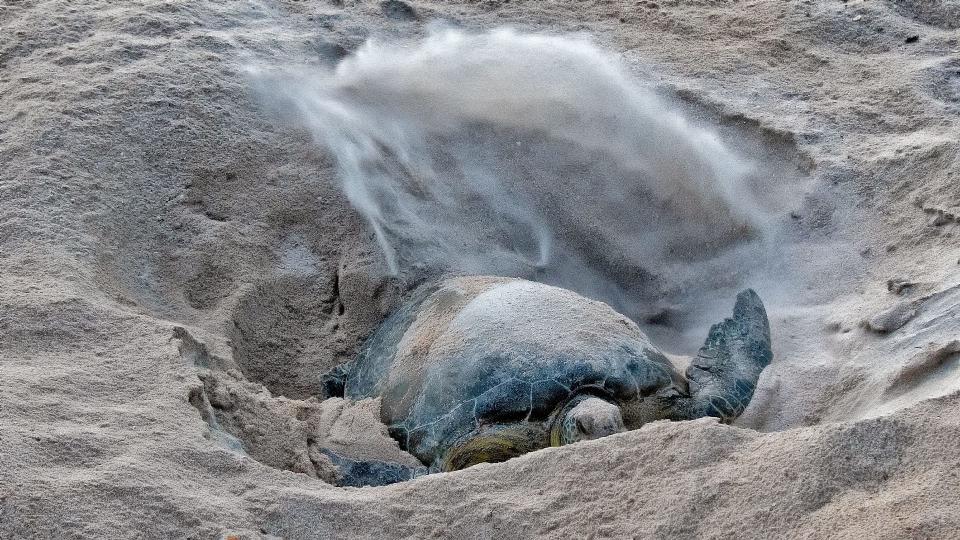
Busy nesting season
This summer has been “a really cool season to see sea turtles going in places where they haven’t been seen before,” said Pamela Plotkin, who leads Texas Sea Grant at Texas A&M University.
Texas has seen a “significant increase” in sea turtles since the 1990s, with a few hundred nests, Plotkin said. “It’s a wonderful conservation success anytime you have this many sea turtles nesting.”
In June, a pair of workers found endangered Kemp’s ridley hatchlings on a beach in Matagorda Bay instead of on the oceanfront, she said. “In modern times we never knew Kemp’s ridley sea turtles to come ashore and dig a hole.”
Kemp’s ridley hatchlings also showed up on a beach in Louisiana’s Chandeleur Islands, the first on the state’s barrier islands in at least 75 years. Kemp’s ridleys are the smallest sea turtles in the world.
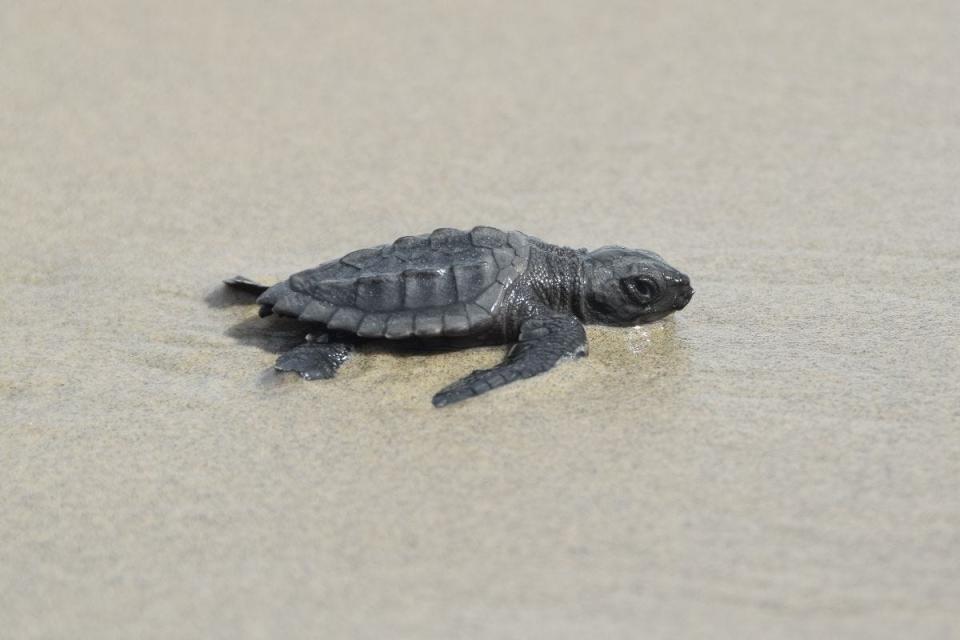
In Pass Christian, Mississippi, the Harrison County Sand Beach discovered a turtle nest on Aug. 5, the first nest seen on a mainland beach in Mississippi in four years, according to the Institute for Marine Mammal Studies.
In Georgia, loggerhead turtles crept past their previous 2019 blowout season by about 100 nests, with a total of 4,043 nests by the end of August, said Mark Dodd, senior wildlife biologist with the state’s Wildlife Resources Division. That’s six times the loggerhead nests counted when monitoring started there in 1989.
North and South Carolina also are seeing abundant loggerhead nests but not in the numbers seen in 2019, Frutchey said.
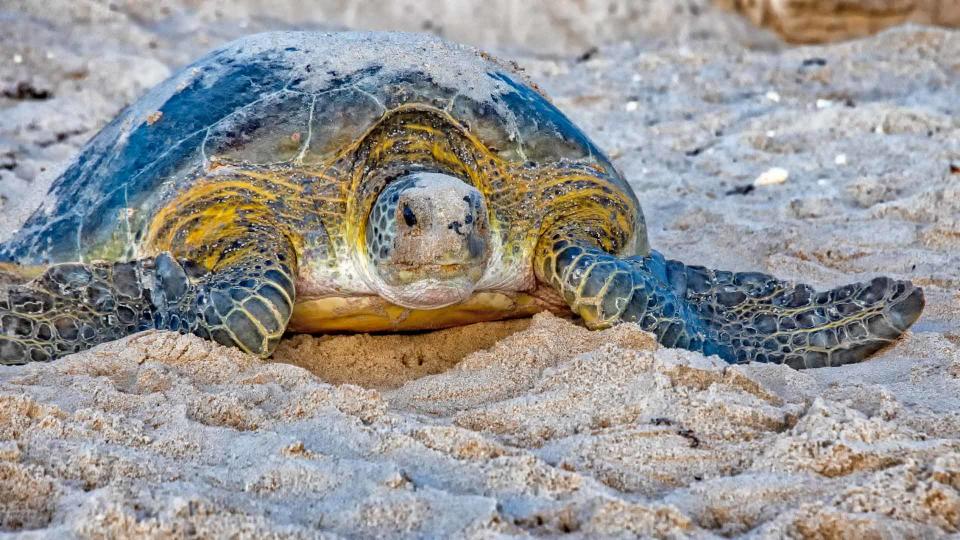
Florida leads the nation each year with tens of thousands of turtle nests. Loggerheads in the state may be on track for a record-breaking year, but Frutchey said final nest numbers won’t be tallied until later.
At the Archie Carr National Wildlife Refuge, in Melbourne Beach, among more than 28,700 turtle nests are 101 leatherback turtle nests, a new record.
On the northern portion of the refuge, where the UCF turtle research group works, a record 67 leatherback nests have been counted so far, Mansfield said. As of Aug. 31, nesting was "still going strong" with more than 24,736 green and loggerhead nests.
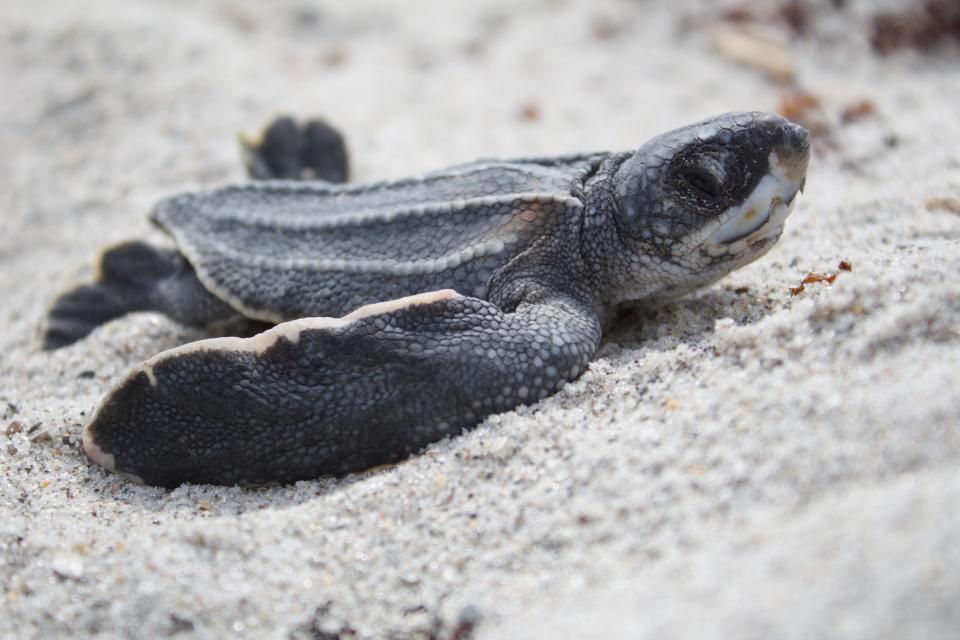
Safety tips for nesting season: What you should know about sea turtle nesting season
50 years of conservation
The turtles' recovery is thanks to actions taken since the 1970s when they were added to endangered species lists and turtle harvests were banned in the U.S., Godfrey said. In years past, Floridians would trek out onto dunes at night to collect green turtles for soup and their eggs.
A growing awareness of sea turtles and a suite of state and federal regulations also have helped, including requiring turtle excluder devices on fishing nets used to harvest seafood, Plotkin said. In Texas, Sea Grant has worked with shrimp fishermen for decades to help them install and operate the devices that eject turtles caught in fishing nets.
Fishing nets are a major threat to sea turtles, according to NOAA, which began requiring the devices in the 1990s. Improvements to excluder devices continue, said Barbara Schroeder, NOAA’s national sea turtle coordinator through email.
A scientist at Arizona State University, Jesse Senko, is working with others to explore adding lights to nets to reduce inadvertently catching turtles.
Communities across the South and Caribbean work to raise awareness and limit nest disturbances. In some locations, states permit groups to move turtle nests if they’re below the tideline or in harm’s way. Nests are marked to keep people away and are sometimes covered with wire mesh to keep out predators.
Lighting restrictions help prevent hatchings from being distracted and drawn to bright lights instead of following ancient instincts to crawl toward natural light over the ocean.
Elsewhere, Godfrey said the conservancy has documented an unexplained steady decline in turtle nests over the last decade at Tortuguero, Costa Rica, an area where sea turtle research began in the 1950s and where many turtle scientists have trained. Declines in sea turtles and sea turtle nesting also have been documented in other areas of the tropical Pacific.
Concerns remain
Significant problems still keep Godfrey up at night, he said, including rising sea levels and beachfront construction.
"These things haven’t gone away and they’re only getting worse,” he said. “We continue to overdevelop the shoreline. We’re placing structures right up to the edge of the sea all around Florida.”
Costly beach renourishment projects help provide turtle habitat but can’t keep up with erosion from normal storms, not factoring in sea level rise, he said. Turtles will lose nesting areas as waves ride higher more often and break against man-made structures like seawalls, which can make erosion worse.
“We’re going to see a foot plus in the U.S. in the next 30, 40, or 50 years even if you stop all climate emissions,” he said, pointing to a recent study of Greenland's melting ice sheet. “This is a done deal. A foot of vertical rise in many places in Florida eliminates the sandy beach."
A proliferation of seaweed, produced by a mix of polluted waterways and warmer temperatures, covers beaches in some areas, Godfrey said, stacking up in thick piles that make it difficult for hatchlings to find their way to the sea.
The effect of warmer temperatures on sand also concerns researchers. Studies show cooler sand produces male hatchlings and warmer sand yields mostly females. Researchers have found 100% female hatchlings in some South Florida nests, Godfrey said. Turtle scientists say the widespread loss of male hatchlings would cause repercussions later.
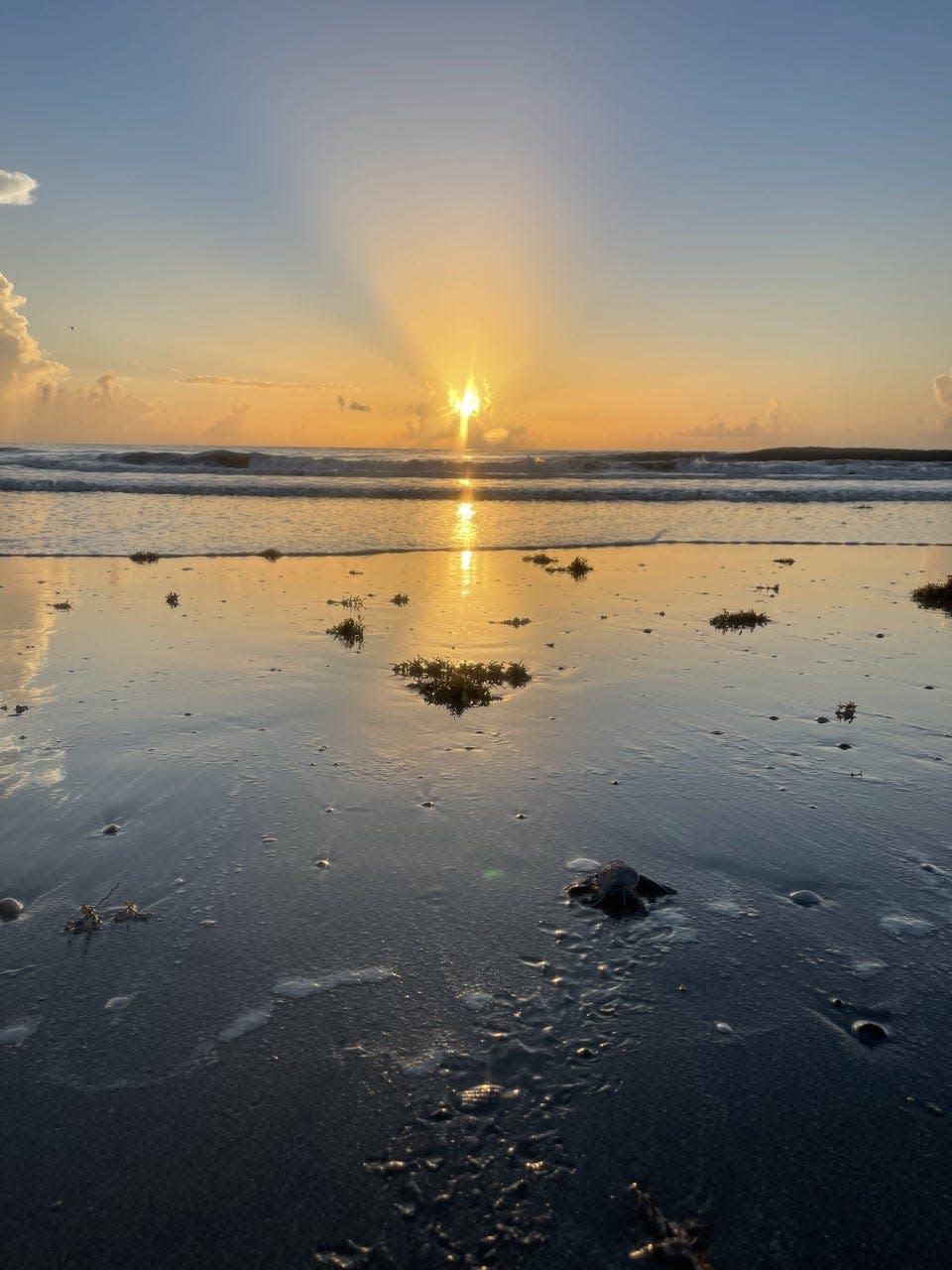
Turtle resilience - and hope
Each of the turtle experts who talked with USA TODAY expressed hope for the future.
Given their presence in the ocean over millions of years, Dodd said turtles are capable of adjusting to the changing climate.
Godfrey agreed, but wonders if the changes this time could be too sudden.
“They’ve survived ice ages, shifting continents, changing shorelines. They have the ability to shift their nesting season, to change where they nest," he said. "This time they’re going to be forced to make changes very quickly and how they respond to that, I don’t know."
Plotkin said she'd bet on sea turtles adapting in a climate-changed world. She and others said female turtles have the ability to nest earlier and later or in different locations to ensure their eggs' viability.
The reasons for the sea turtles' successes so far have been "a bit of a patchwork," Mansfield said. It's usually not one solution because turtles are "incredibly long-lived."
How long do turtles live? Longer than you might think.
Similar approaches will be needed in the future to ensure pathways for protection, she said, including international cooperation in areas where rules may be different.
"Turtles are good ambassadors for the oceans," she said. "I just think that there's something special about sea turtles and that people, regardless of their political interests, essentially connect with sea turtles."
This article originally appeared on USA TODAY: Sea turtle nesting hits record highs but threats imperil their future


